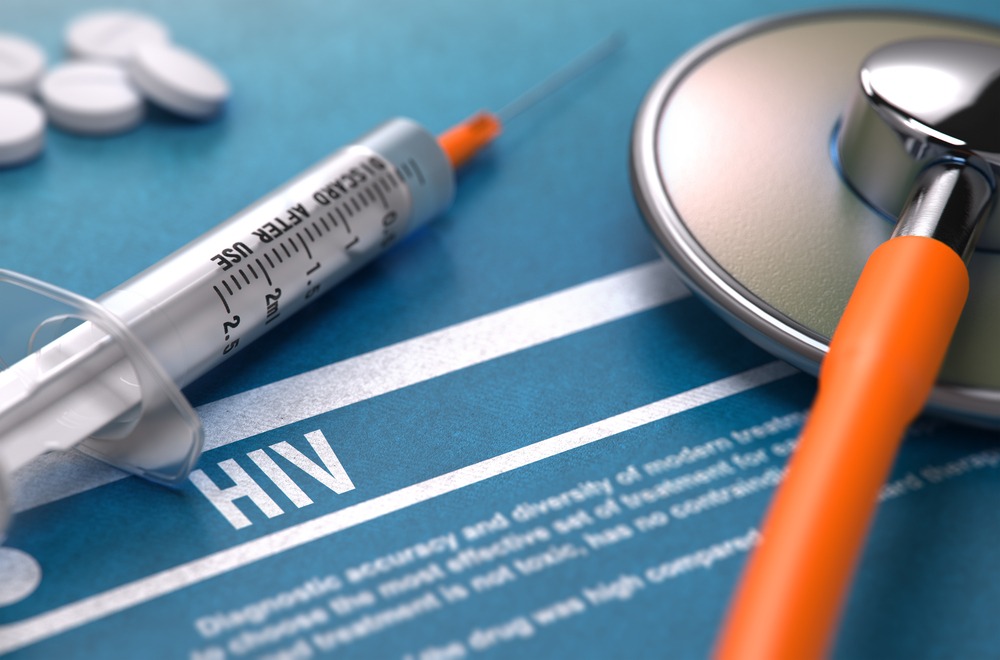RIO DE JANEIRO, BRAZIL – The cure for Acquired Immunodeficiency Syndrome (AIDS) may be closer than we think! The Federal University of São Paulo (UNIFESP) conducted the first global study to test a supertreatment in individuals chronically infected with the human immunodeficiency virus (HIV). The research is being coordinated by infectologist Ricardo Sobhie Diaz, a recognized authority on the subject.
According to a note published by UNIFESP, Diaz is director of the Department of Medicine’s Retrovirology Laboratory at São Paulo Medical School (EPM/UNIFESP) – São Paulo Campus.

The research involved 30 volunteers with an undetectable viral load, under standard treatment, according to what is currently recommended: the combination of three types of antiretrovirals, better known as “cocktail”. The volunteers were split into six subgroups, each one administered a different drug combination, in addition to the “cocktail” itself.
Treatment
Diaz, and his team, have been working on two fronts to cure the disease: one using drugs and substances that kill the virus at the time of replication and eliminate the cells in which HIV remains dormant (latency); and the other developing a vaccine that leads the immune system to react and eliminate the infected cells that the drug is unable to reach.
The members of the subgroup that showed the best results were administered two additional antiretrovirals: dolutegravir, the strongest drug currently available on the market; and maraviroc, a substance that forces the formerly hidden virus to appear.
Two other substances were also included, which enhance the effect of the drugs: nicotinamide – one of two forms of vitamin B3, which has been shown to prevent HIV from hiding in cells; and auranofin – an antiretroviral, also known as gold salts, which stopped being used many years ago to treat arthritis and other rheumatological diseases. Auranophine has shown potential to find an infected cell and lead it to commit suicide.
The infectologist explained that in vitro, in vivo (on animals) and now human trials confirm that nicotinamide is more effective against latency when compared to the potential of two drugs administered for this purpose and tested together.
But despite the discovery of these substances (nicotinamide and auranofine) for the significant reduction of the viral load, something would still be needed to help foment a patient’s immunity against the virus. Therefore, researchers developed a dendritic cell vaccine, which was able to teach the patient’s body to locate the infected cells and destroy them one by one, thereby completely eliminating the HIV virus.
The dendritic cell vaccine is highly customized since it is manufactured from monocytes (defense cells) and peptides (biomolecules formed by binding two or more amino acids) of the patient’s own virus.
Stimulus
According to Diaz, dendritic cells are major functional units in the immune system because their role is to capture microorganisms harmful to the body and then present them to CD8 T lymphocytes. When presented, the lymphocytes play a part in infection control, learn to find and kill the HIV present in parts of the body such as the brain, intestines, ovaries and testicles – called “sanctuaries” by specialists – where antiretroviral drugs do not reach or, when they do, act very modestly, .
Six of the volunteer patients were administered the supertreatment, but are still waiting for the final results of the vaccine’s third dose. “Only after the blood tests and biopsies of the rectum of these vaccinated patients will we move on to the final challenge: to suspend all drugs from one of them and monitor how their body will react over the months or even years,” he concludes. “If time shows us that the virus hasn’t returned, then yes, we can talk about a cure.”
While the results are not complete, the infectologist warns: “despite the progress in HIV treatment and control, infection with this virus is still the worst news we can give a patient in terms of sexually transmitted diseases,” he says. “An HIV patient, even with an undetectable viral load, experiences several inflammatory processes due to the side effects of the drugs.”
According to the coordinator, the use of condoms during sexual intercourse ensures protection against HIV, in addition to other diseases for those who do not have the virus, but mainly for those who already have it. “Currently, the US Centers for Disease Control (CDC) states that people with an undetectable viral load do not pass HIV. The lack of protection can, however, cause the individual with the controlled virus to be reinfected by a different type of HIV virus or by a more resistant one.”
AIDS in the world
The immune system disease, caused by the human immunodeficiency virus (HIV), renders individuals more prone to opportunistic diseases, and even cancer, than others whose immune systems are healthy. The main forms of transmission are unprotected sexual intercourse, transfusions with contaminated blood, sharing syringes between injecting drug users, and mother-to-child transmission during pregnancy, childbirth or breastfeeding.
Despite the evolution of treatment and preventive campaigns, the statistics on the disease show that AIDS is still a serious global public health issue. Data presented by the Joint United Nations Programme on HIV/AIDS (UNAIDS) show that 36.7 million people worldwide were living with HIV in 2016 and almost two million would be infected the same year.
The epidemic began in the 1980s, when some 35 million people lost their lives to AIDS-related causes. In Brazil, the Ministry of Health (MS) counted almost 843,000 cases of the disease, the majority of which were men (65.1 percent) by June 2016; the country records the highest concentration of new infections (49 percent) in Latin America, according to UNAIDS. One third of new infections occur in youths between the ages of 15 and 24.

